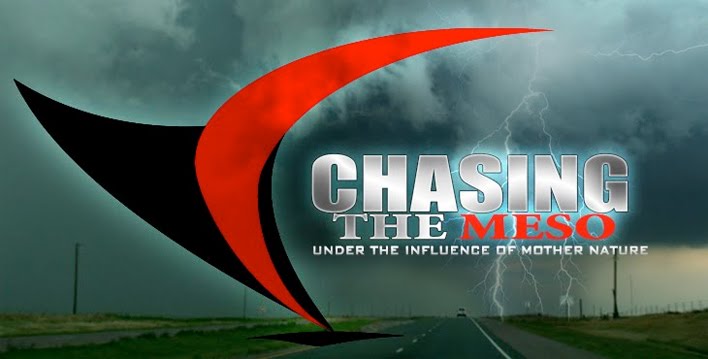Typically by 3 days out the model would have differences but no more than 50-75 miles. Currently some of the models have over 300 miles differences in them. So right now I'm really reluctant to post any snowfall forecast based on huge differences there could be. What I will post on here is what I know, what I think and some kind of broad forecast for all that is interested.
First lets start with what we know-
Intense Arctic air is building to the north and is ready to be pulled down into the lower 48 states. Snow cover across Canada and the northern United States continues to be at or slightly above normal. So no matter where this area of low pressure forms across the Great Lakes and Ohio Valley. It will have plenty of cold air to pull into it creating dangerous wind chills and the possibility of flash freezing as the temperatures plummet.

Forecast
Right now I continue to believe that the 996 to 998mb (moderate strength) low pressure will still track from Kansas through southern Illinois, central Indiana, central Ohio then turning northeast into southern Canada. While another low pressure deepens across the East coast east of Virginia. Currently the models have the low pressure further north from Nebraska to around Chicago to northern lower Michigan. While a few others keep a very weak low drifting east/southeast across Missouri, Tennessee and eventually off the North Carolina coast.
Precipitation amounts are even more all over the place with the models. However just by looking at the setup from the upper levels to the lower levels. I can't see this not having at least a swath of snow on the northern side of the low track with at least 4-7 inches. Most areas around that swath will likely see far less but right now too many questions to really talk amounts. The biggest danger from this storm will not be its huge snow totals but with its high winds and brutally cold temperatures. Winds will likely increase from 20-30 mph with higher gust around backside of the low. This is happening while temperature plummet into the teens and even single digits during the night. Producing near zero wind chills and lots of blowing and drifting snow. So don't under estimate what a few inches of snow blown around can do to the streets and visibilities while driving.
Still have a full 24 to 36 hours before the system starts coming together. So once the energy comes on shore late tonight across the West coast. The models will have a full picture of the entire atmosphere and should really start coming together. Unfortunately this won't likely occur to the morning runs of tomorrow.
Justin


No comments:
Post a Comment